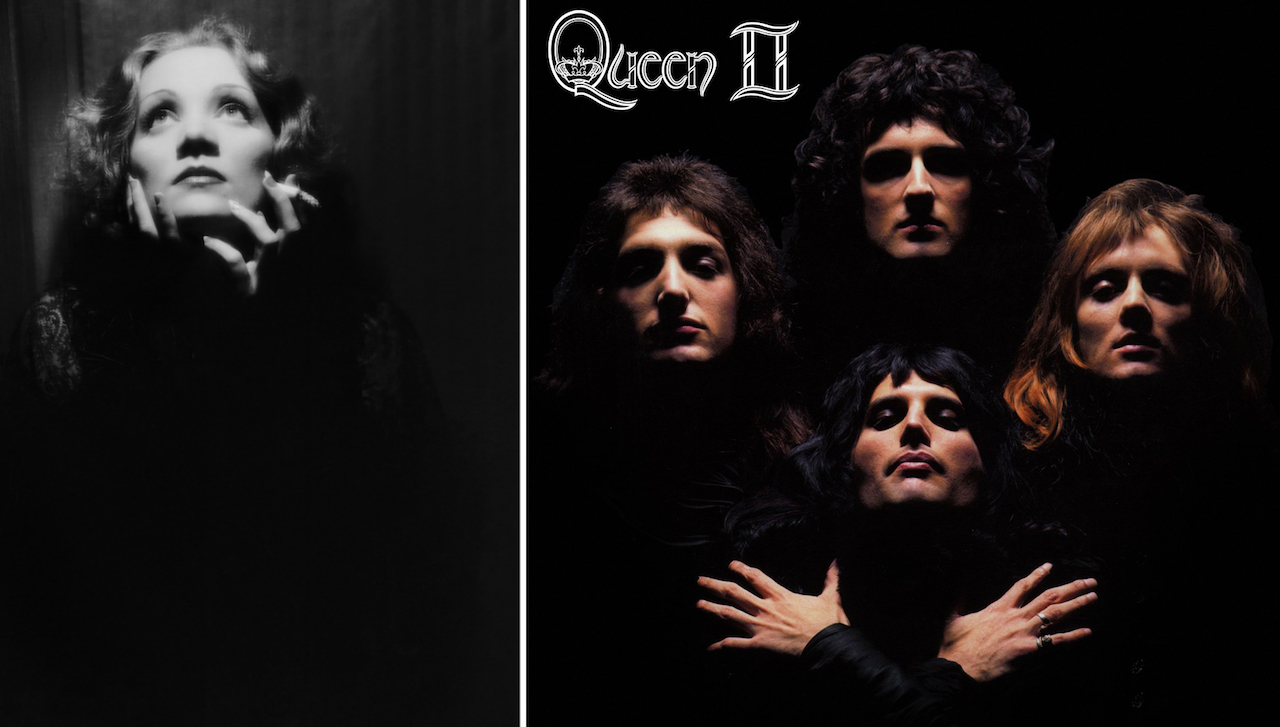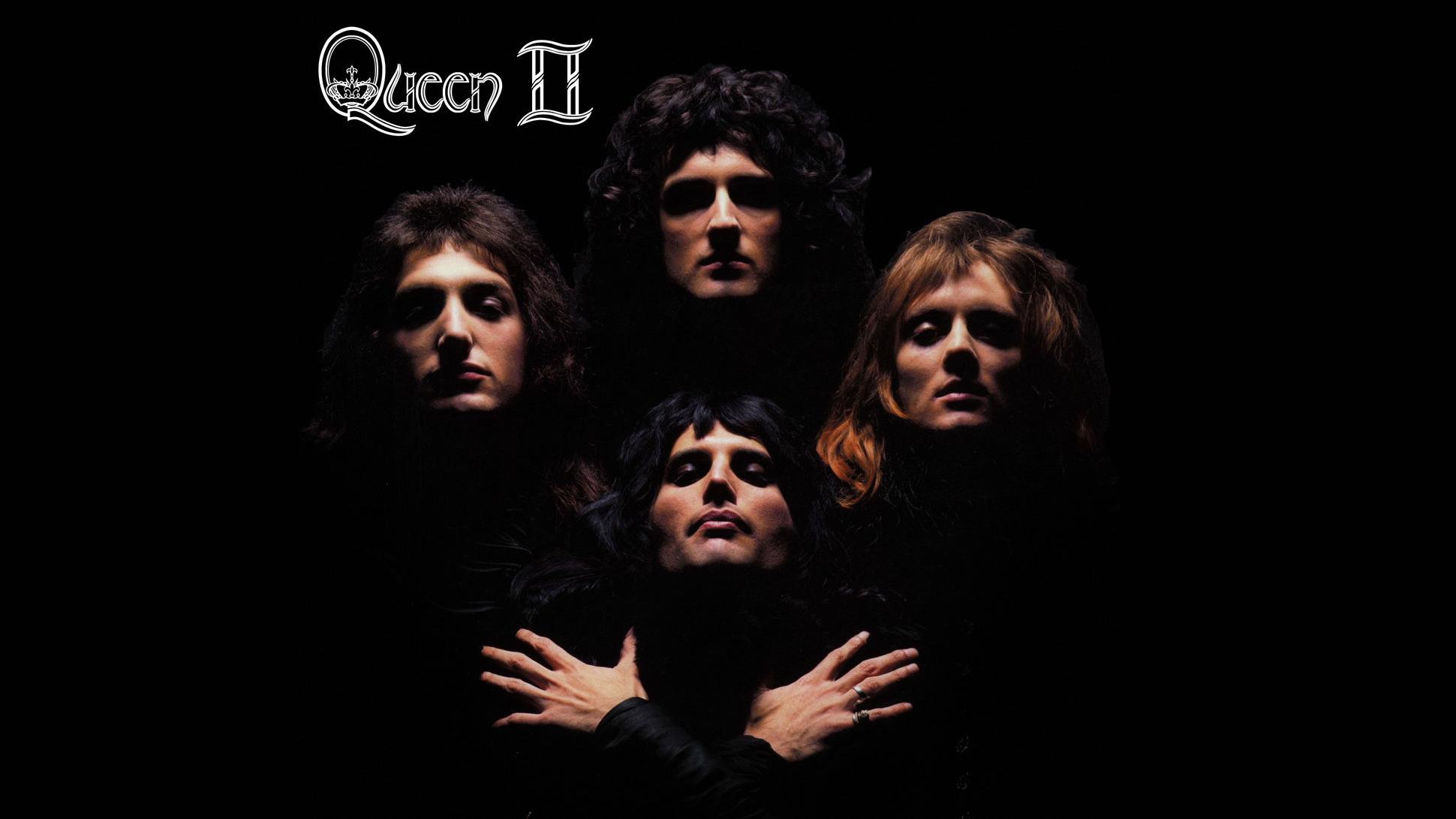Legendary photographer Mick Rock remembers how a faded Hollywood photograph convinced Queen to pose for this simple shot which would later adorn the cover of their second album…
“Queen asked to have a meeting with me because they liked what I’d done with David Bowie and Lou Reed, and especially Iggy Pop. The first Queen album hadn’t got much traction, so they thought, let’s get a bit of Mick Rock glam stuff and maybe that’ll help.
“So we had the meeting, and they played me Queen II, and I think I said: ‘Wow! Ziggy Stardust meets Led Zeppelin’. That was the right response. They were committed to me after that.
”Queen II was the second studio shoot I did with them, in February 1974. The brief was that it had to be a gatefold – which shows how ambitious they were, because they hadn’t sold any records yet. It had to feature the ban, and it had to have a black and white theme on the cover and the other on the inner sleeve.”
- Every song on Queen's Greatest Hits, ranked from worst to best
- One Vision: The Unseen Queen, As Photographed By Mick Rock
- The Ten Heaviest Queen Songs Ever
- The 10 best Queen songs Freddie didn't sing
“For the concept, I was feeding off the music and the band. They had no doubt they were going to make it big, so I felt it needed to have a certain grand quality. I’d come across a photo of Marlene Dietrich on the set of 1932’s Shanghai Express, and she was under a top light, with hood eyes, arms crossed, fingers spread. I showed Freddie the image and he loved it. So that was sold to the rest of the band as the basic idea.
“At the time, the band didn’t understand what went on in the studio, or about lighting, and I was running up and down on a ladder while they kept running back and forth to look in the mirror. It took a bit of fiddling to get them all arranged right. Brian May brought a veil that we put on his head for some shots, and we tried a few different hand arrangements from Freddie.
“Freddie was ecstatic with it. But there was some debate over whether it should be the white or the black shot that went on the cover. Someone had accused the band of being pretentious. Obviously, Freddie couldn’t give a damn, but it had stuck a bit with the others, and they thought the black shot was too strong, because they were an unknown band, and the black cover made it look like they were already there. But if Freddie wanted something, he could twist the others into it, and eventually they went along with it. And I know they’re glad they did…”

Mick Rock’s book Classic Queen is available from his website.
